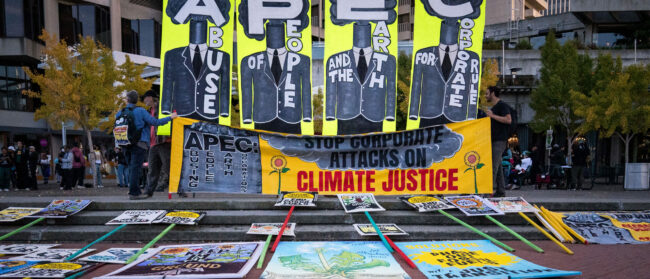Once a key supplier for the wildlife trafficking trade, Southeast Asia is becoming a major destination for this bloody business as well
By Frédéric Janssens
Long vaunted for its rich flora and vast fauna, Southeast Asia now ranks among the regions most affected by biodiversity loss. Nine Asean member nations are in the world’s top 20 countries with the most endangered mammals, with Indonesia holding the unenviable number-one position. According to experts, the region could lose up to 42% of its animal and plant species this century.
While urbanisation and deforestation are key factors, poaching and trafficking play a decisive role too. Responding to foreign demand for traditional medicines, decorative items and exotic meals, Southeast Asian criminals have embraced the illegal wildlife business, eager to secure their share of the $20 billion global trade.
Since the 1970s, wild tigers have been heavily poached for their skins, teeth and bones, and there are now fewer than 350 left in the Greater Mekong region – down from about 1,200
in the late 1990s. Poached for its horn, the Javan rhino has become the rarest large mammal on Earth, with a population of just 40, while the sun bear population has declined by more than 30% in the past 30 years. This is partly due to an increase in demand for their bile and gall bladders, which are used in traditional medicines.
Meanwhile, pythons have been exported in such large numbers that local rat populations have exploded, threatening crop production in some parts of Southeast Asia.
Although Chinese demand has been the main driver of dwindling wildlife, over the past ten years a new wealthy class has emerged in Southeast Asia with the means to consume illegal and expensive ‘products’ such as elephant tusks, lorises (a primate used in traditional medicines) and pangolin meat, which is considered a delicacy.
While no country is innocent, Vietnam is often viewed as the most worrying actor in the region. The country remains a major consumer of tiger bone wine and is the prime destination for much of the illegal rhino horn from Africa, where hundreds of rhinos are poached every year to meet Vietnamese demand. Used as a business gift and as a status symbol, rhino horn is also used for its alleged healing properties. Yet, as rhino horn is largely made up of the protein keratin, Vietnamese consumers wanting a piece would be wiser to set their sights on a victim closer to home: their own fingernails.
Also view:
“The daily grind” – Soaring coffee consumption in Southeast Asia brews bitter competition
“Fade to grey” – Growing old before it grows rich, Southeast Asia must act now to avoid becoming disabled by a rapidly ageing population
“Billion dollar babies” – For better or worse, the number of billionaires is booming in Southeast Asia




